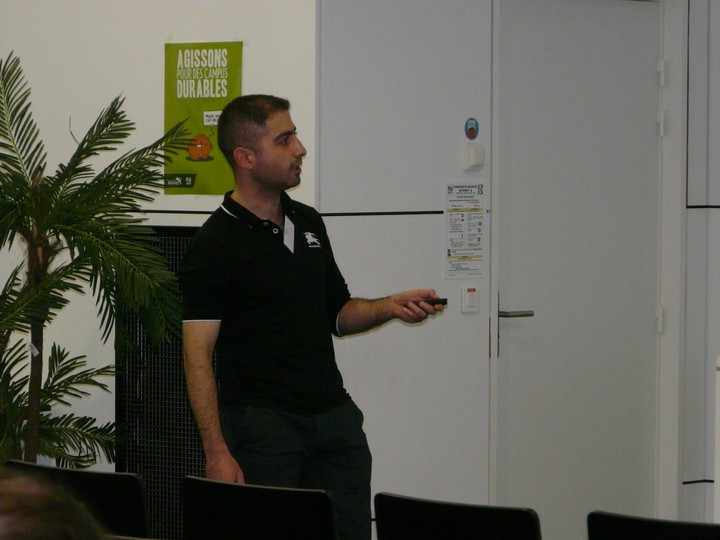Hierarchical Composite Endpoints: Definition and Analysis Using the Win Ratio (with ties!)
 Image credit: DYNSTOCH
Image credit: DYNSTOCH
Abstract
The global pandemic caused by coronavirus disease 2019 (COVID-19) has created challenges for researchers across the globe and incentives to accelerate development of new therapies. An important therapeutic goal of a successful COVID-19 treatment in hospitalized patients is recovery, usually defined in a fixed period of time, e.g. 30 days. Recovery in the simplest form is the outcome of discharge from hospital analyzed using time-to-event analysis methods or a responder analysis with a specific threshold for defining recovery based on the improvement in clinical status compared to baseline. A more comprehensive endpoint that includes patient recovery is the ordinal scale endpoint suggested by WHO that includes multiple clinical states (death and cure) and evaluation of the effect is done on the full range of outcomes. The ordinal scale endpoint includes a full range of outcomes ranked by clinical importance that are between “death” and “cure” so as to represent meaningful patient states. In this presentation we will discuss the definition of hierarchical composite endpoints (HCE) in COVID-19 setting and how they differ from WHO defined ordinal endpoints. As an analysis method we advocate the use of win ratio (WR) methods. The win ratio is a general method of comparing locations of distributions of two independent, ordinal random variables which can be estimated using distribution-free methods, based on the theory of U-statistics. We will discuss also the key considerations when designing new trials based on HCE and win ratio analysis.